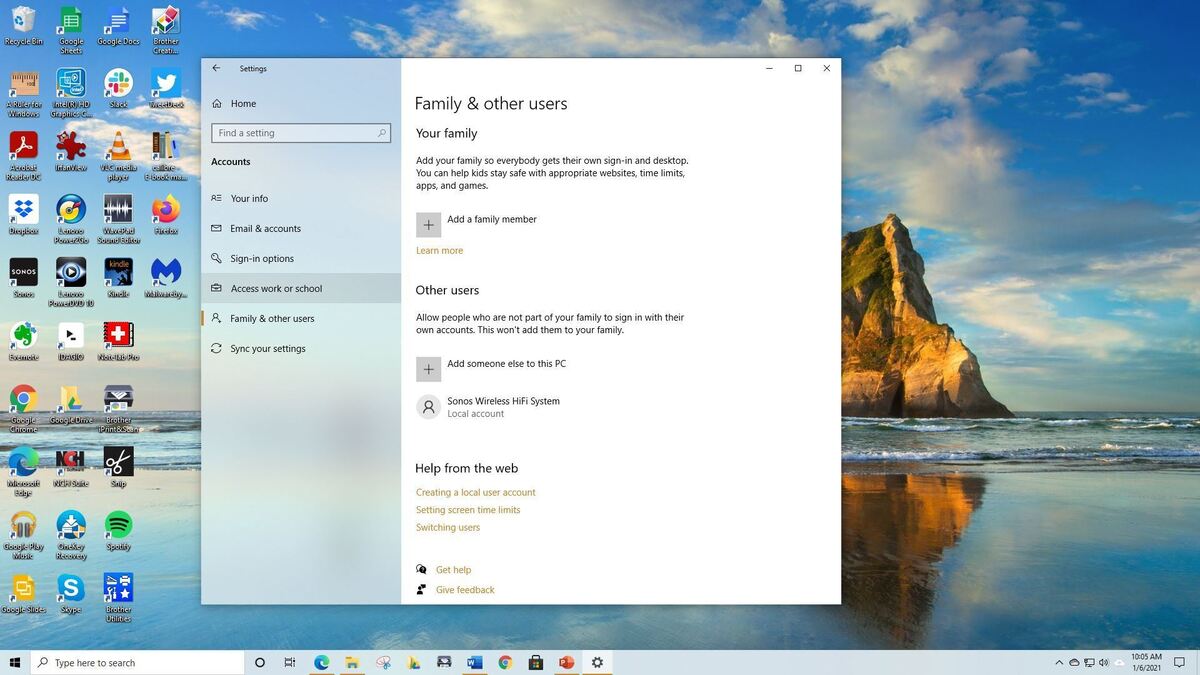

- #SHARING ONE PC MULTIPLE USERS SOFTWARE#
- #SHARING ONE PC MULTIPLE USERS CODE#
- #SHARING ONE PC MULTIPLE USERS SERIES#
Batch processing was effectively a methodological development on top of the earliest systems. Implementing a system able to take advantage of this was initially difficult. This paper is credited by the MIT Computation Center in 1963 as "the first paper on time-shared computers". He gave a paper "Time Sharing in Large Fast Computers" at the first UNESCO Information Processing Conference in Paris in June that year, where he passed the concept on to J.

Organizations would have input-output equipment installed on their own premises and would buy time on the computer much the same way that the average household buys power and water from utility companies."Ĭhristopher Strachey, who became Oxford University's first professor of computation, filed a patent application for "time-sharing" in February 1959. Bauer, he wrote that "The computers would handle a number of problems concurrently. In a paper published in December 1958 by W. The concept is claimed to have been first described by John Backus in the 1954 summer session at MIT, and later by Bob Bemer in his 1957 article "How to consider a computer" in Automatic Control Magazine. Similarly, small slices of time spent waiting for disk, tape, or network input could be granted to other users. Given an optimal group size, the overall process could be very efficient. This was due to the pattern of interaction: Typically an individual user entered bursts of information followed by long pauses but a group of users working at the same time would mean that the pauses of one user would be filled by the activity of the others. Time-sharing was developed out of the realization that while any single user would make inefficient use of a computer, a large group of users together would not.

Unix time-sharing at the University of Wisconsin, 1978 This situation limited interactive development to those organizations that could afford to waste computing cycles: large universities for the most part.
#SHARING ONE PC MULTIPLE USERS CODE#
This was because users might have long periods of entering code while the computer remained idle. The alternative of allowing the user to operate the computer directly was generally far too expensive to consider. Stanford students made a short film humorously critiquing this situation. The complete process might take days, during which time the programmer might never see the computer. Output (generally printed) was returned to the programmer. Programs were submitted to the operations team, which scheduled them to be run. Ĭomparatively inexpensive card punch or paper tape writers were used by programmers to write their programs "offline".
#SHARING ONE PC MULTIPLE USERS SOFTWARE#
Newer batch processing software and methodologies decreased these "dead periods" by queuing up programs were developed: operating systems such as IBSYS (1960). As computers grew in speed, run times dropped, and soon the time taken to start up the next program became a concern.
#SHARING ONE PC MULTIPLE USERS SERIES#
Machines were typically dedicated to a particular set of tasks and operated by control panels, the operator manually entering small programs via switches in order to load and run a series of programs. The earliest computers were extremely expensive devices, and very slow in comparison to later models.


 0 kommentar(er)
0 kommentar(er)
